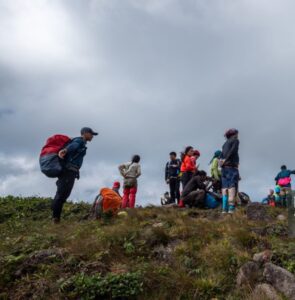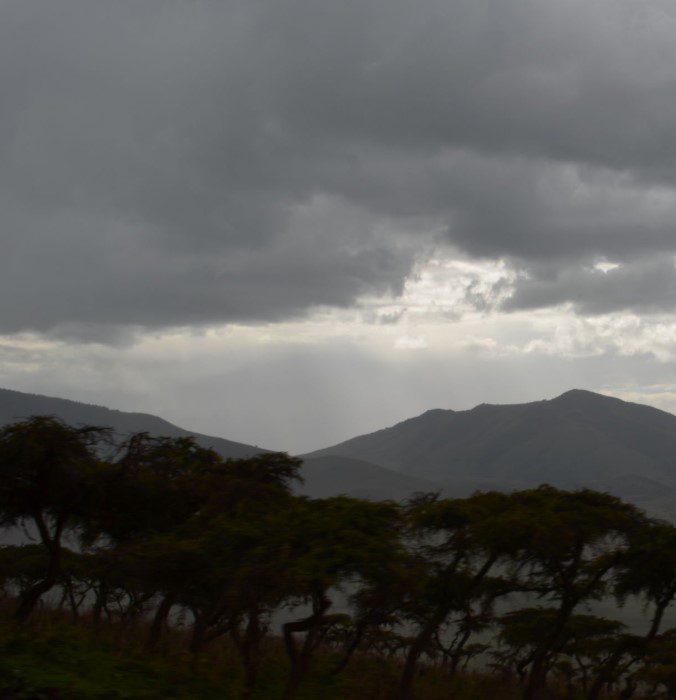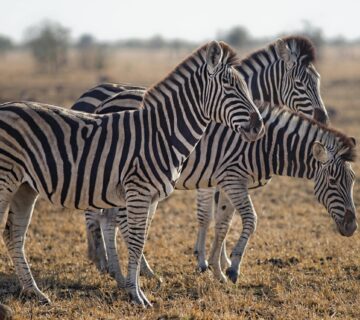How Hard Is Hiking Mount Kilimanjaro in Tanzania?
Hiking Mount Kilimanjaro is an experience that blends raw adventure with profound personal triumph. Rising majestically to 5,895 meters (19,341 feet), Kilimanjaro is Africa’s tallest peak and the world’s highest free-standing mountain. It lures thousands of trekkers each year some seasoned mountaineers, others first-time hikers all drawn by its legendary status and the dream of standing on the “Roof of Africa.” But as inspiring as the summit may be, one question echoes in the minds of those planning the journey: How hard is hiking Mount Kilimanjaro?
The Honest Truth About the Challenge
Let’s be clear hiking Mount Kilimanjaro is not a technical climb. You don’t need ropes, crampons, or any climbing experience. In fact, people from all walks of life, ages, and backgrounds have successfully reached the summit. However, don’t let the non-technical nature fool you into thinking it’s easy. Kilimanjaro is physically demanding, mentally testing, and emotionally humbling.

The difficulty lies not in the terrain, but in the altitude. As you ascend, the oxygen level drops significantly by nearly 50% at the summit. The higher you go, the slower your body moves, and the greater the chance of altitude sickness. It’s a game of endurance, not speed. And that’s where preparation and mindset make all the difference.
Routes and Their Levels of Difficulty
There are several routes to the top of Mount Kilimanjaro, and each comes with its own level of difficulty, scenery, and success rate. The choice of route can significantly impact your experience.
The Marangu Route is known as the “Coca-Cola Route” for its popularity and the availability of hut accommodations. It’s one of the shortest (5-6 days) and considered the easiest in terms of logistics, but its rapid ascent profile results in lower success rates.
The Machame Route or “Whiskey Route” is more scenic and slightly more challenging due to steeper climbs. However, with 6-7 days on the mountain, it allows better acclimatization and has a higher success rate.
The Lemosho and Northern Circuit Routes are longer and offer excellent acclimatization with gradual ascents. Though physically longer, these routes provide a gentler climb, which often leads to higher summit success and fewer altitude issues.
The Rongai Route approaches from the north and is less crowded. It’s a bit drier and can be a good choice during the rainy season.
Altitude Sickness: The Real Obstacle
Altitude sickness is the main challenge when hiking Mount Kilimanjaro. Symptoms range from mild headaches and nausea to severe cases like pulmonary or cerebral edema. The key to managing it is acclimatization climb high, sleep low, take it slow. Good operators include acclimatization days in longer itineraries for this reason.
Drinking plenty of water, eating well, and listening to your body are essential. Many trekkers also use Diamox (acetazolamide), a medication that can help prevent altitude sickness. It’s important to consult your doctor before taking it.
Physical Fitness Helps, But It’s Not Everything
Being in good shape helps tremendously on Kilimanjaro, but peak physical fitness doesn’t guarantee success. Endurance, rather than strength, is what matters most. You’ll be walking 5–8 hours a day for a week, often uphill on uneven ground. Your heart, lungs, and legs will be working hard, especially at high altitudes.
Training for Kilimanjaro should start months in advance. Aim for long walks or hikes, ideally on hilly terrain. Add a backpack to simulate trekking conditions. Stair climbing, cardio workouts, and mental preparation are all part of the process.
Still, many people underestimate the mental aspect. You may feel weak, tired, cold, or even nauseous. The key is to stay positive, move slowly, and trust your guides. Those who succeed are often those who take it one step at a time.
The Role of Your Guides and Porters
Your guide is your guardian angel on Kilimanjaro. Licensed Tanzanian guides know how to pace the group, spot early signs of altitude sickness, and keep morale high. The porters, often unsung heroes, carry your gear, set up camp, cook meals, and keep things running smoothly.
Tipping them generously is not just a courtesym it’s a way of honoring the hard work they do, often under harsh conditions.
What You’ll Need: Gear and Mindset
You don’t need the most expensive gear, but you do need the right gear. A good-quality layered clothing system is essential to deal with Kilimanjaro’s wildly changing temperatures from tropical heat at the base to freezing cold at the summit.
Essential items include:
Waterproof boots
A four-season sleeping bag
A good backpack (and a daypack)
Layered clothing (base layer, fleece, down jacket, waterproofs)
Headlamp
Trekking poles
Water bottles and purification tablets
Snacks, especially high-energy foods
But above all, the most important thing you’ll carry is your attitude. Hiking Mount Kilimanjaro is more than a physical journey it’s an emotional and spiritual one too. You’ll need patience, determination, humility, and a willingness to face discomfort with grace.
Is It Worth It? Absolutely.
The moment you reach Uhuru Peak, just as the sun begins to rise over the glaciers and the African plains below, is unforgettable. It’s not just the view it’s the journey that brought you there. Every sore muscle, every deep breath, every quiet night under the stars all of it leads to this moment of triumph.
People often describe Kilimanjaro as life-changing, and for good reason. It strips you down to your core and builds you back up with resilience and clarity. Whether you make it to the summit or not, the mountain has a way of transforming everyone who dares to climb it.
Final Thoughts: So, How Hard Is Hiking Mount Kilimanjaro?
It’s as hard as any challenge worth doing. It will test your body, stir your spirit, and humble your ego. But it’s also achievable with the right preparation, a good team, and a determined mindset.
If you’re dreaming of climbing Mount Kilimanjaro, don’t let fear of the unknown hold you back. Instead, let that dream guide your steps. Because somewhere along the trail, as you look out across the clouds or share a laugh with a fellow trekker, you’ll realize you’re stronger than you ever knew.
So lace up your boots, train with intention, and take that first step. The summit awaits.





